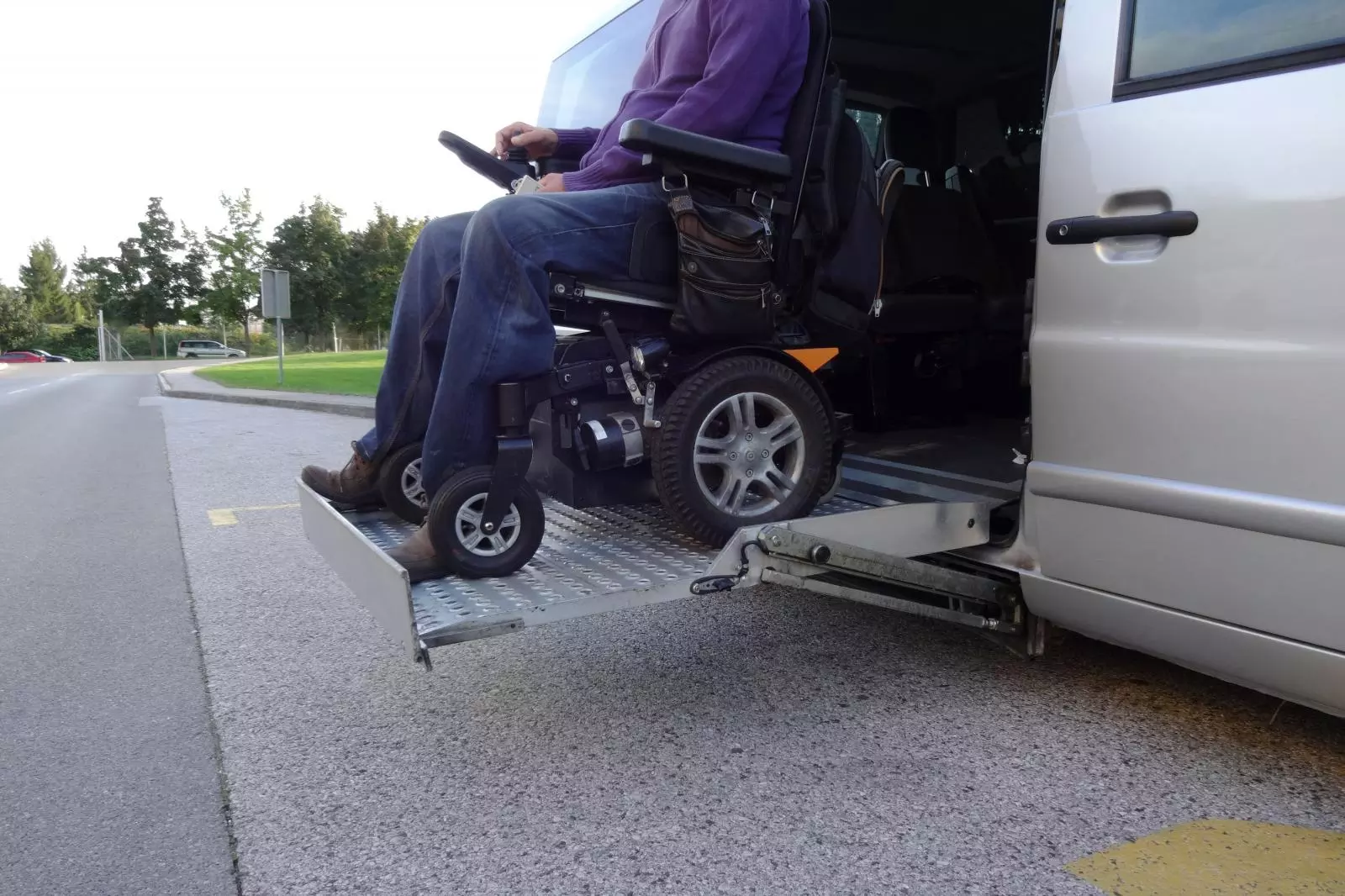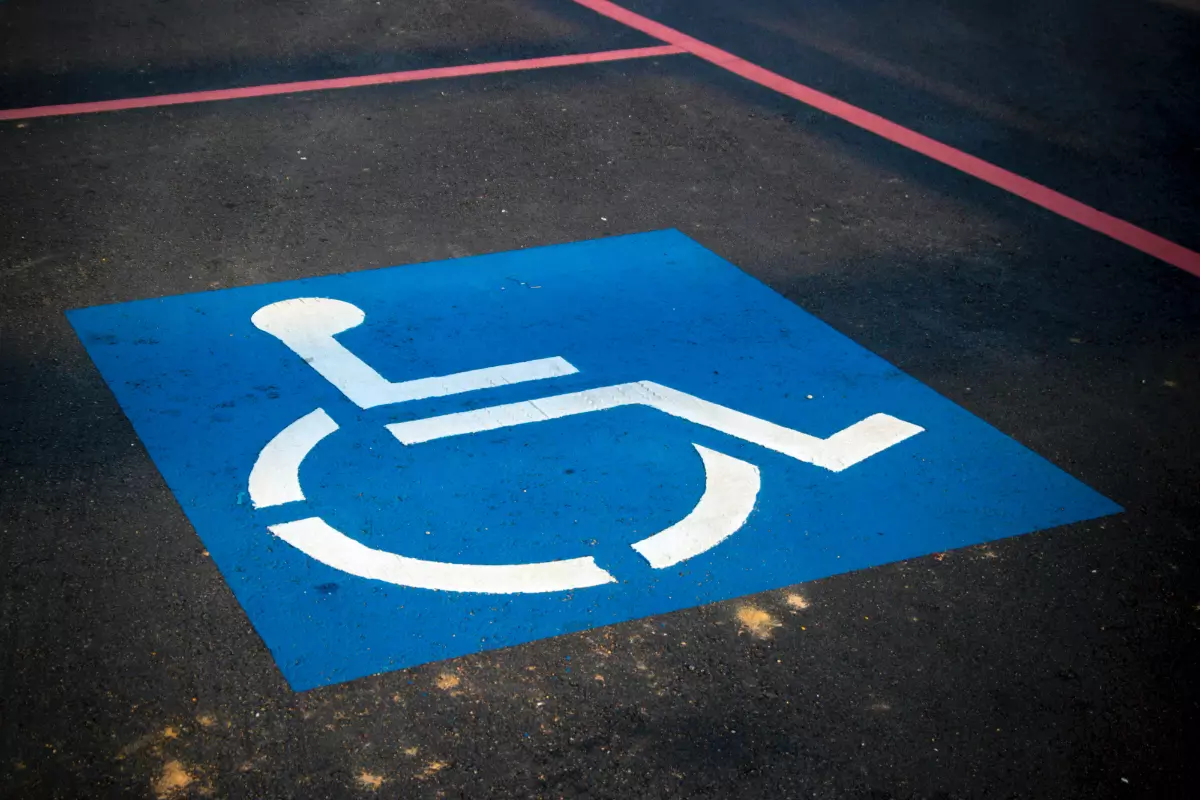Find out more about adapting your vehicle for a disability. This article looks at the types of disability vehicle adaptations available.
Having a vehicle which has been modified for your specific disability requirements can make a significant difference to getting out in the world and being able to live your life. There are many different solutions for helping disabled people to drive and travel safely and comfortably.
This can mean just adding very simple modifications to a standard car or van, all the way to purchasing vehicles which have been fully renovated to ensure that they are usable and workable for someone with a disability.
If you are currently in the process of considering modifications to your vehicle or purchasing an already adapted car, then use our guide to help you understand everything there is to know.
What modifications are available for disabled drivers?
Pretty much every car can be modified for disabilities. This goes for all disabilities; it doesn't matter whether you have limitations with your upper body, lower body, or both.
Below are some examples of modifications that can be made:
Modified hand controls for individuals who struggle when attempting to operate standard foot pedals
Pushing and pulling devices that can be used for the vehicle's acceleration and braking
Electronic controls take zero effort to use. Hydraulic joysticks are another option.
A new modern option is a steering wheel ball that can be attached. This is essential once hand controls have been fitted. It allows the driver to control the vehicle using one hand while also being able to steer the car with the other.
Pedal modifications are another fantastic way that the mechanics of driving can be changed to suit an individual's needs. An example of this would be having a left pedal accelerator installed.
This is helpful if the driver has limited usage of their right leg. Another option is adjustable pedals that can be extended in order to bring them a lot closer to the driving seat.

Types of Disability Vehicle Adaptations
Being disabled does not mean that you have to sacrifice your independence completely. In modern times, disabled drivers now have access to a very wide selection of modifications that can be made to their vehicles. These modifications are available to purchase directly from most vehicle manufacturers in an attempt to make their cars more comfortable to drive in and more user-friendly.
When it comes to disability modifications available for vehicles, there are countless selections available. In order to try and make sense of the most common varieties of modifications, it can help to split them into three distinct categories. These are discussed below:
Driving
Pedal Controls - If you are looking for options for controlling a vehicle's speed and braking, then the options are hand-throttles and pedal extensions. Depending on exactly the nature of an individual's disability and what they can do comfortably, one of these two options will be perfect. Some common types are ghost ring throttles, under-ring throttles, over-ring, and trigger throttles.
Steering Controls - One of the most common aids for steering is the steering ball. This allows the driver to steer the vehicle one-handed without needing to move too much. If hand controls are fitted to control the vehicle's braking and acceleration, then a steering ball will be needed as you will only have one hand free to steer the car.
Remote Controls - Remote controls are specially designed in order to allow for functions within the car to be activated easily. Examples of these functions would be the lights, the indicators, and the windscreen wipers. Usually, these controls are fitted next to the steering wheel in the steering wheel with a steering ball. This means that all the necessary elements of the car can be operated with a single hand.
Accessibility
Transfer plates - These are fitted to the side of the vehicle. Transfer plates create a smooth surface in the area between the seat of a wheelchair and the seat of the car, making it easy to slide from one to another.
Electric hoists - This type of hoist is permanently mounted to the car. Using a very heavy-duty canvas swing and strong hooks, the hoist is capable of lifting up the individual and placing them into the vehicle.
Swivel seats - These seats make getting in and out of the vehicle incredibly easy. In some cases, the seat can even be brought out of the vehicle. Once again, both electric and manual options are available depending on your own specific needs.
Stowage Systems
Boot hoist - Boot hoists are for stowing an individual's scooter or wheelchair in the car's boot. There are two main varieties; these are two-way hoists and four-way hoists. Four-way hoists are needed for moving larger objects such as big scooters or heavier wheelchairs.
Rooftop Stowage - Rooftop stowage is a perfect choice for stowing away a manual wheelchair while still giving your access to your car's boot. It comes with a hoist to lift the wheelchair up onto the roof, where it will be stored within a box.
Lightweight wheelchair - As part of the car lease, sometimes lightweight manual wheelchairs will be an optional extra. They are designed specifically to be incredibly lightweight and very easy to fold. This makes them no problem when it comes to storage.
Adapting a vehicle for a wheelchair
A wheelchair-accessible vehicle, also known as a WAV, is a specially customised and converted vehicle that allows for a passenger or a driver to have simple access and very safe travelling while they are seated in their wheelchair.
Adaptations for a wheelchair can include the following:
An automatic ramp or lift in order to give access from the vehicle's back or side
A lowered floor within the vehicle in order to achieve extra headroom
An automatic wheelchair loading system that takes minimal effort
In many cases, WAVS will require the passenger seats of the vehicle to be removed in order for there to be space that can accommodate a wheelchair. This means that WAVs are usually larger vehicles, such as automatic vans and MPVs.

In cases where the wheelchair user is capable of transferring from the wheelchair to the car seat, you might find that a standard car that has been fitted with modifications will be a much cheaper and much easier alternative to a large WAV.
You may need to consider driving modifications. In this case, it is worth remembering that they will nearly always need to have an automatic gearbox. It does not matter which vehicle you choose, as long as it works for you personally and you ensure that the vehicle is always in top condition by having regular maintenance performed.
Under the Mobility Scheme, these adaptations can be fitted for no extra cost.
MotorHome Towbars provide cars, scooters, wheelchairs and more, so if you're interested, please reach out to us, and we can adapt your motor for your disability.
Are you looking for disability car adaptions in Lincoln And Lincolnshire? We have a huge range of adaptations available and would love to discuss this with you.

